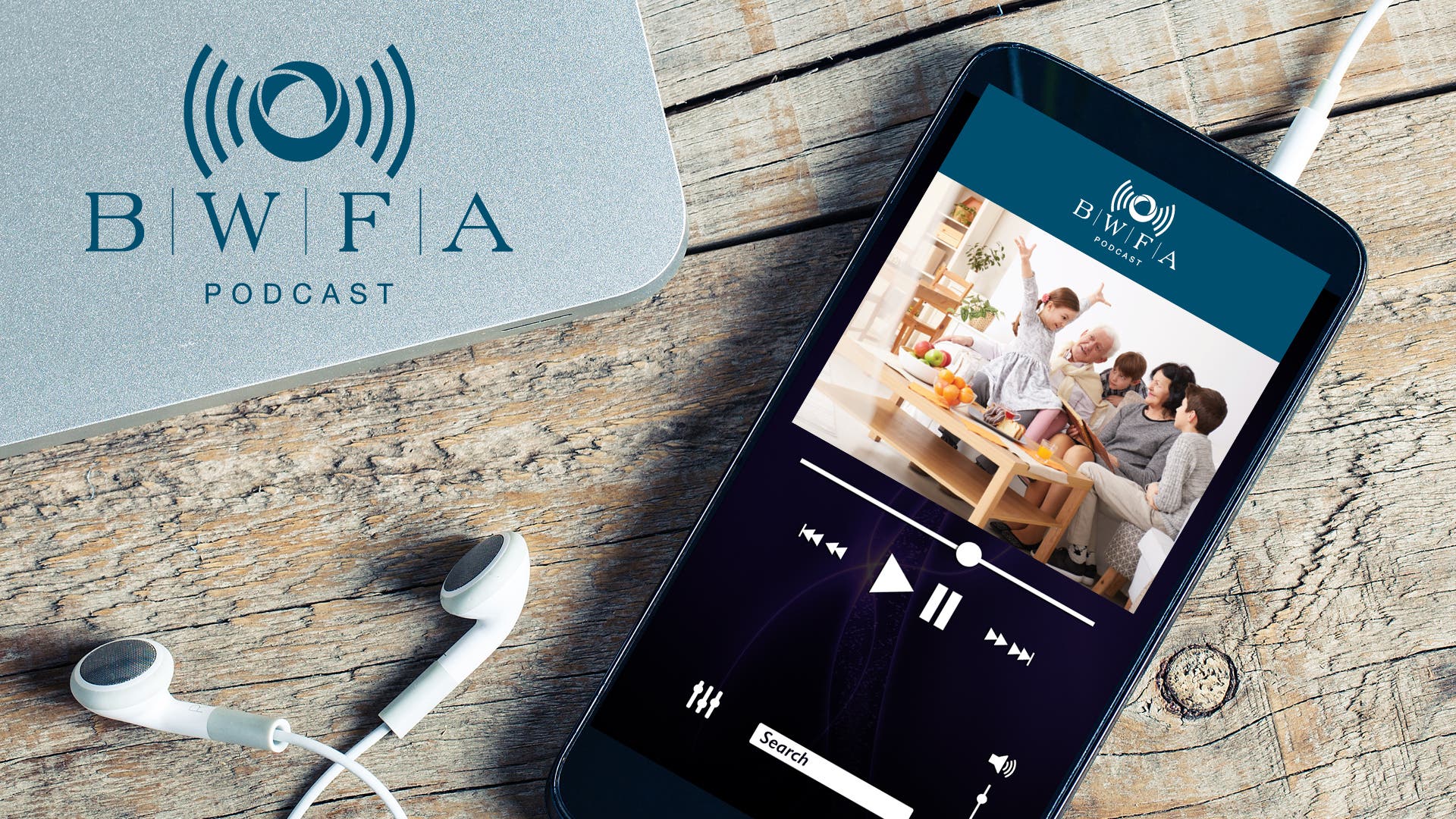
WHAT TO DO WITH LEFTOVER 529 FUNDS
FROM BALTIMORE WASHINGTON FINANCIAL ADVISORS
|
with Sandy Hornor | CEPS
|
and
|
Episode Details:
Saving for education is one of the best financial gifts you can give your family. But what happens when a child graduates and there’s still money left in the 529 plan? Many families find themselves asking this very question. In this episode of Healthy, Wealthy & Wise, BWFA’s Sandy Hornor and Tyler Kluge share practical strategies for putting leftover 529 funds to work.
They begin by explaining the flexibility of 529 plans. These accounts aren’t limited to just one child or even one generation. With a simple change of beneficiary, leftover funds can be reassigned to a sibling, cousin, or grandchild. Parents can even use the money for their own continuing education. The hosts also highlight how some families leave funds invested, allowing tax-free growth until future generations are ready for school.
A newer option gaining attention is the ability to roll a portion of unused funds into a Roth IRA. Under current law, certain conditions apply, but this strategy can jump-start retirement savings for children or grandchildren. Sandy and Tyler walk through when a Roth rollover makes sense and how it can add long-term value.
Not every situation allows for easy transfers, and sometimes withdrawals are considered. Non-qualified withdrawals typically involve taxes and penalties, but exceptions exist—such as when the student has received a scholarship. This episode provides guidance on how to evaluate whether withdrawing funds is ever the right move.
Ultimately, leftover 529 funds are a “good problem” that reflects disciplined saving. With the right planning, families can use those dollars to support future education, retirement, or even their own lifelong learning.
For more insights, visit our College Planning Services page. To explore current rules and IRS guidance on qualified education expenses, see the IRS 529 Plan FAQ.
Podcast: Play in new window | Download
Subscribe: RSS




